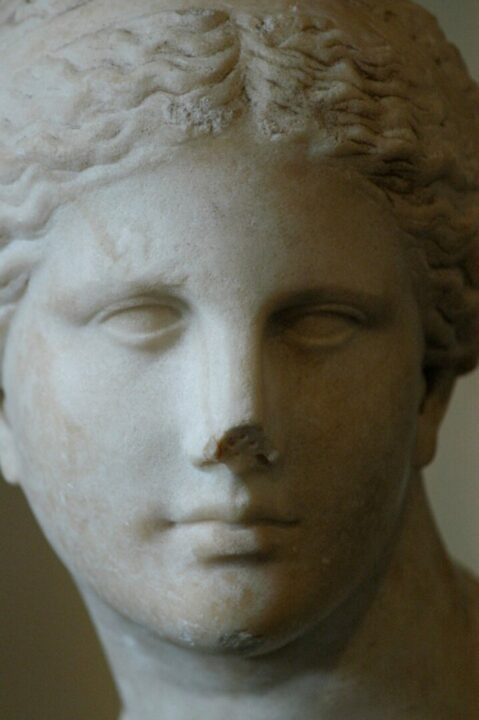La Villa gallo-romaine de Chiragan

In 1826, after a landslide caused by a violent storm, Alexandre Dumège, an archaeologist and co-founder of the Société archéologique du midi de la France, discovered the first busts of emperors, fragments of bas-reliefs of the twelve labours of Hercules and sculptures of divinities in a field in Martres-Tolosane. Excavations lasted until the end of the 20th century. It was the archaeologist Léon Joulin who, from 1897 to 1899, took over the study of the Chiragan site in Martres-Tolosane. He demonstrated on scientific grounds that this was a single, huge villa.
The villa dates back to Roman antiquity, from the 1st century AD to the 5th century AD. The Narbonnaise region, which covered a large part of southern France, had its first garrison in Toulouse and a second in Martres-Tolosane.
Villa Chiragan is the second most luxurious villa in Europe, after that of Emperor Hadrian at Tivoli near Rome. Situated on the banks of the Garonne, between the St-Nicolas district and the old mill, it was an ideal location for a civilisation, as trade could be conducted by river. The Chiragan villa covered an area of around 16 hectares, on 3 terraces from the Garonne. It was enclosed by walls and divided into 3 main areas. A total of more than 300 sculptures have been found, including dozens of busts of emperors. They are now on display at the Musée Saint-Raymond in Toulouse.
